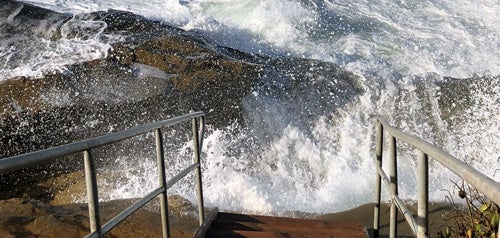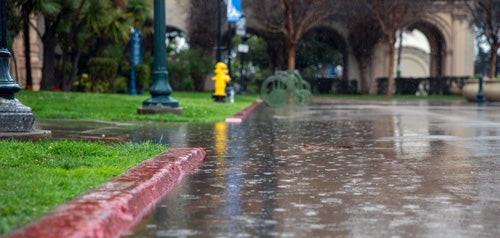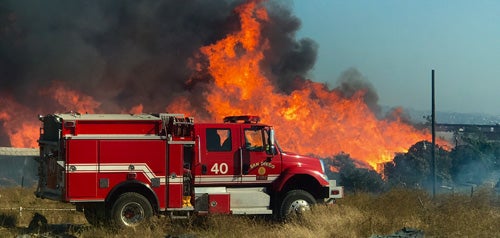The City of San Diego leads in efforts to create a more sustainable future through programs and policies to reduce the City’s greenhouse gas emissions. Even with these efforts, climate change is a visible issue with impacts felt in every community. San Diego is already experiencing more frequent and intense heatwaves, increased wildfire risk, coastal flooding, and more unpredictable and intense rain events.
These hazards impact San Diegans and our economy, infrastructure and the natural environment. To address these hazards and improve quality of life, the San Diego City Council adopted the City’s first-ever climate adaptation and resilience plan. Climate Resilient SD is the City's comprehensive plan to prepare for, respond to and recover from climate change-related impacts and improve local communities. The plan is a key first step, but there is still much work to be done and role for each of us in building a more resilient future. Together, we can thrive in a changing climate while improving social equity, health, safety and the environment for everyone.






